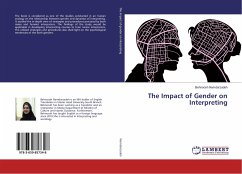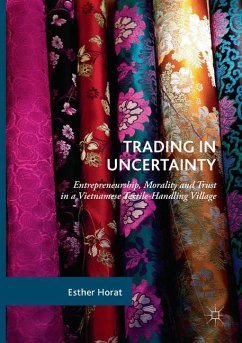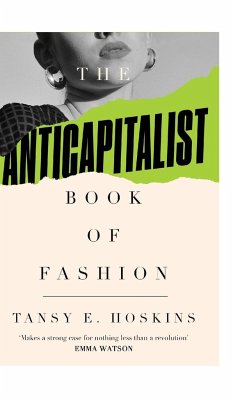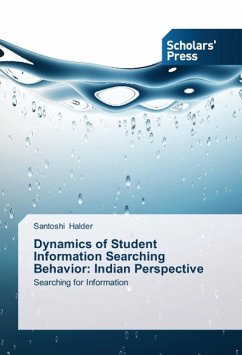
Gender Differences in SMS Language
Versandkostenfrei!
Versandfertig in 6-10 Tagen
33,99 €
inkl. MwSt.

PAYBACK Punkte
17 °P sammeln!
Text messaging is a popular way of communicating with friends and family. Short messages with limited character space, sending text messages (or SMS) is revolutionizing the way people spell and altering the linguistic landscape.The author has argued that text messaging is changing the way in which men and women have traditionally communicated. Analyzing gender-defined messages , he found that women are writing longer messages, using more emoticons and abbreviations."In the linguistic marketplace there have always been different values associated with standard and non-standard language, and her...
Text messaging is a popular way of communicating with friends and family. Short messages with limited character space, sending text messages (or SMS) is revolutionizing the way people spell and altering the linguistic landscape.The author has argued that text messaging is changing the way in which men and women have traditionally communicated. Analyzing gender-defined messages , he found that women are writing longer messages, using more emoticons and abbreviations."In the linguistic marketplace there have always been different values associated with standard and non-standard language, and here we have found results that are paradoxical, that are the opposite of the recognized socio-linguistic gender patterns."Research has established that traditionally, women use standard language more than men, perhaps because it is seen as a way to acquire upward mobility: "Women have historically used standard language when they are social aspirers, or want to be perceived as above their station," Herring said. Men tend to talk more in public moreover, whereas women typically stay silent and are more polite.












